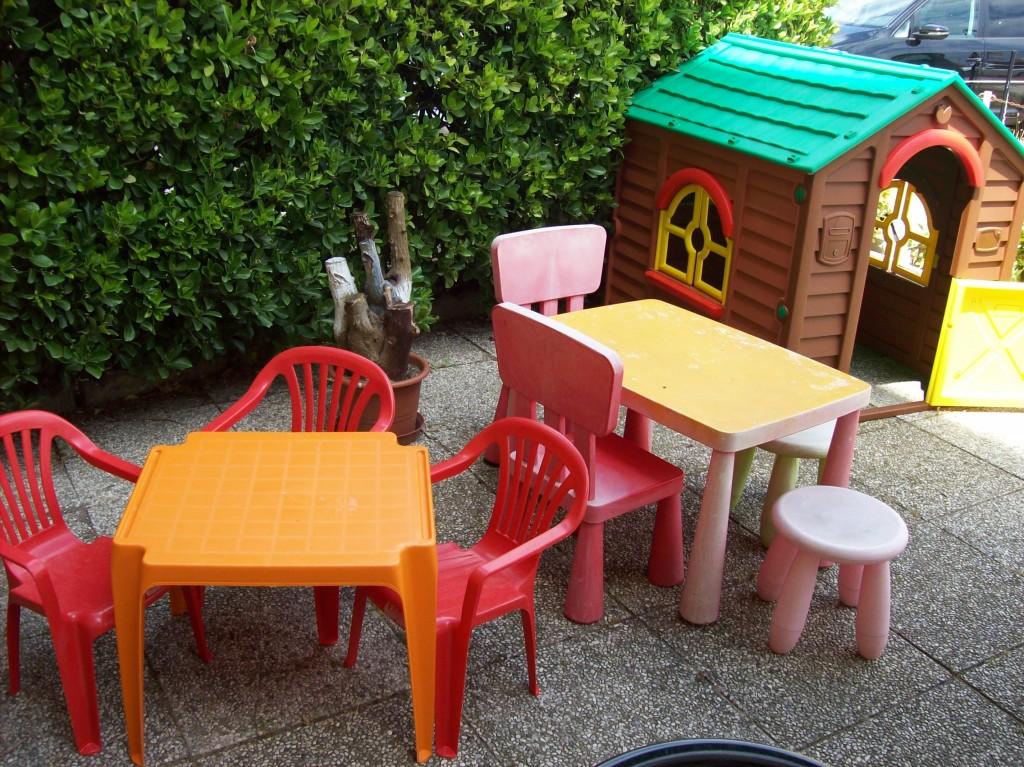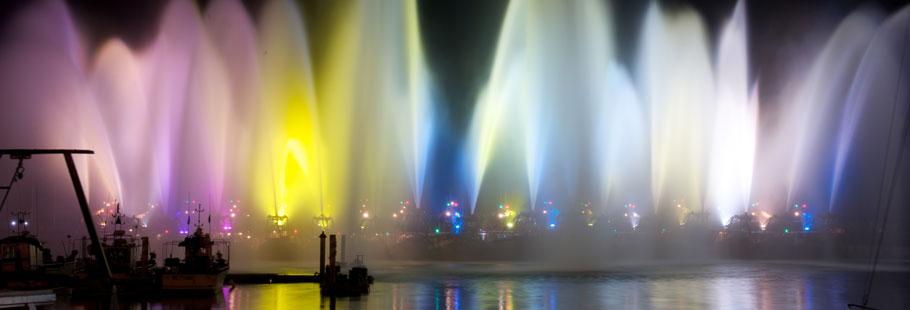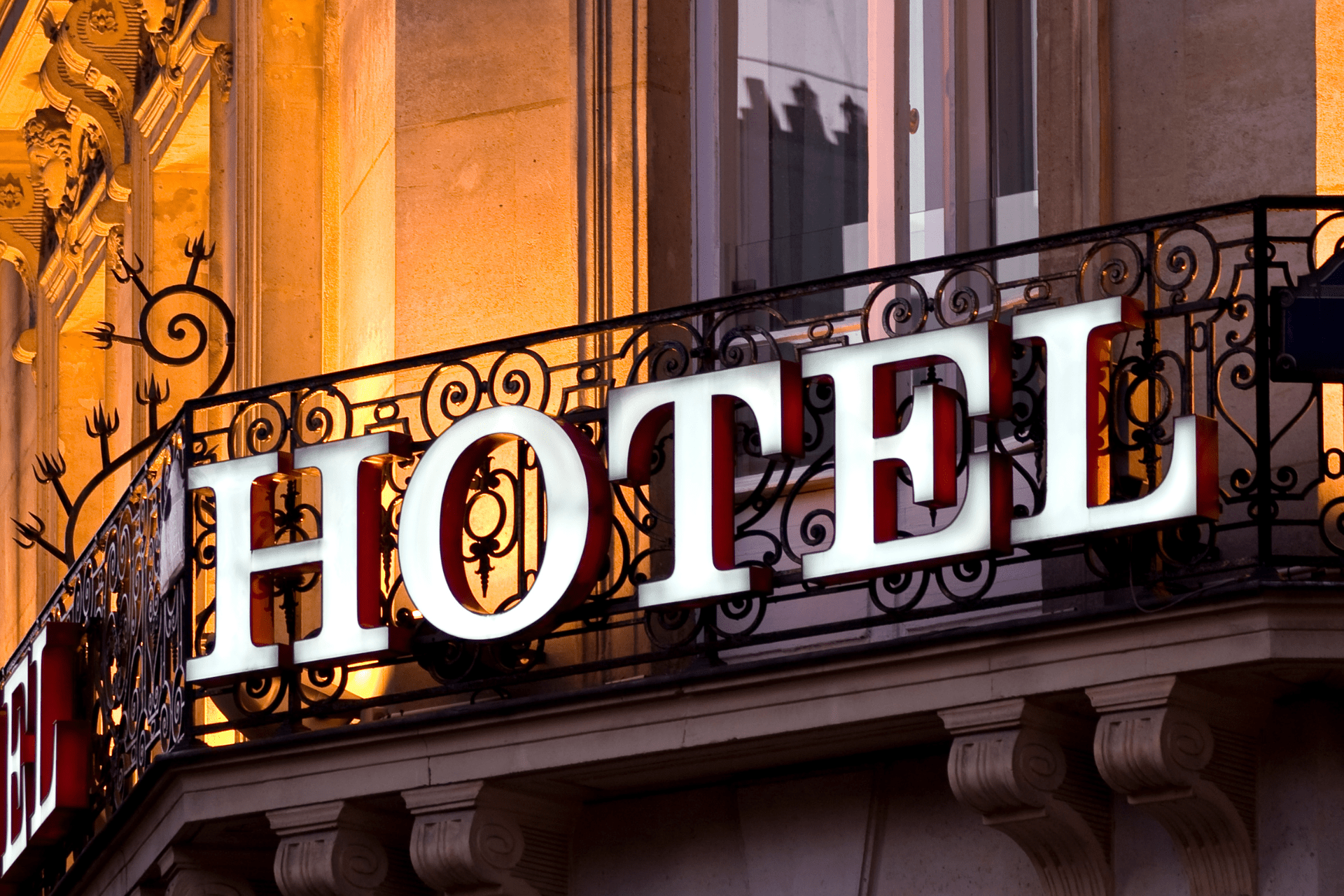Ravenna is a city located in the Emilia-Romagna region of northern Italy. It is famous for its Byzantine mosaics, which are considered among the most beautiful in the world. The city was also the capital of the Western Roman Empire and the Byzantine Exarchate.
The story of Ravenna dates back to Roman times, when it was founded in 89 B.C. as a naval base. During the Roman period, the city became an important cultural and economic centre. In 402 A.D., Emperor Honorius moved the capital of the Western Roman Empire from Milan to Ravenna. During this period, numerous monuments and buildings were constructed, many of which are still visible today.
After the fall of the Western Roman Empire, Ravenna was conquered by the Ostrogoths, the Byzantines and finally the Lombards. During the Byzantine period, Ravenna became the Exarchate, a province of the Byzantine Empire in Italy. This period is known for the construction of many of the famous Byzantine mosaics that can still be admired in the city today.
Some of Ravenna's main attractions include:
- Neonian Baptistery: This baptistery, built in the 5th century, is famous for its Byzantine mosaics depicting biblical scenes and Christian symbols.
- Mausoleum of Galla Placidia: This mausoleum, built in the 5th century, is famous for its mosaics depicting scenes from the life of Christ and the Old Testament.
- Basilica di San Vitale: This basilica, built in the 6th century, is known for its mosaics depicting King Theodoric, Emperor Justinian and Empress Theodora.
- Basilica di Sant'Apollinare Nuovo: This basilica, built in the 6th century, has mosaics depicting scenes from the life of Christ and the saints.
- Mausoleum of Theodoric: This monument, built in the 6th century for King Theodoric, features an imposing domed structure and beautiful mosaics.
- Ravenna National Museum: This museum houses a large collection of archaeological finds and mosaics from various sites in Ravenna.
In addition to these attractions, Ravenna also offers many other places of historical and cultural interest, including ancient churches, palaces, towers and the historic city centre. The city is also famous for hosting the Ravenna International Festival of Classical Music, which takes place every year in June and July.
Ravenna Lidos
I Ravenna Lidos are the beaches and bathing establishments along the coast of the municipality of Ravenna, located in the Italian region of Emilia-Romagna.
At present, Ravenna has about 10 beach lidos stretching along about 35 kilometres of coastline. Some of the most popular and well-known lidos include Marina di Ravenna, Lido Adriano, Lido di Dante, Lido di Classe, Lido di Savio, Porto Corsini and Casal Borsetti.
Lidos in Ravenna are organised to offer a wide range of services and facilities for visitors. Each lido is generally equipped with bathing establishments offering sunbeds, beach umbrellas, changing cabins, showers and toilets. In addition, many beaches are equipped with bars, restaurants, children's play areas, sports fields (such as beach volleyball or beach tennis courts) and areas for recreational activities such as windsurfing or kitesurfing.
The lidos of Ravenna are known for their wide sandy beaches, which offer enough space to relax and enjoy outdoor activities. Moreover, thanks to the presence of the Po Delta Park and the numerous pinewoods in the area, the Ravenna Lidos also offer the opportunity to immerse oneself in nature and to go hiking or cycling along specially designated trails.
All in all, the Ravenna Lidos are a popular destination for Italian and foreign tourists seeking a relaxing, fun and natural beach holiday.










